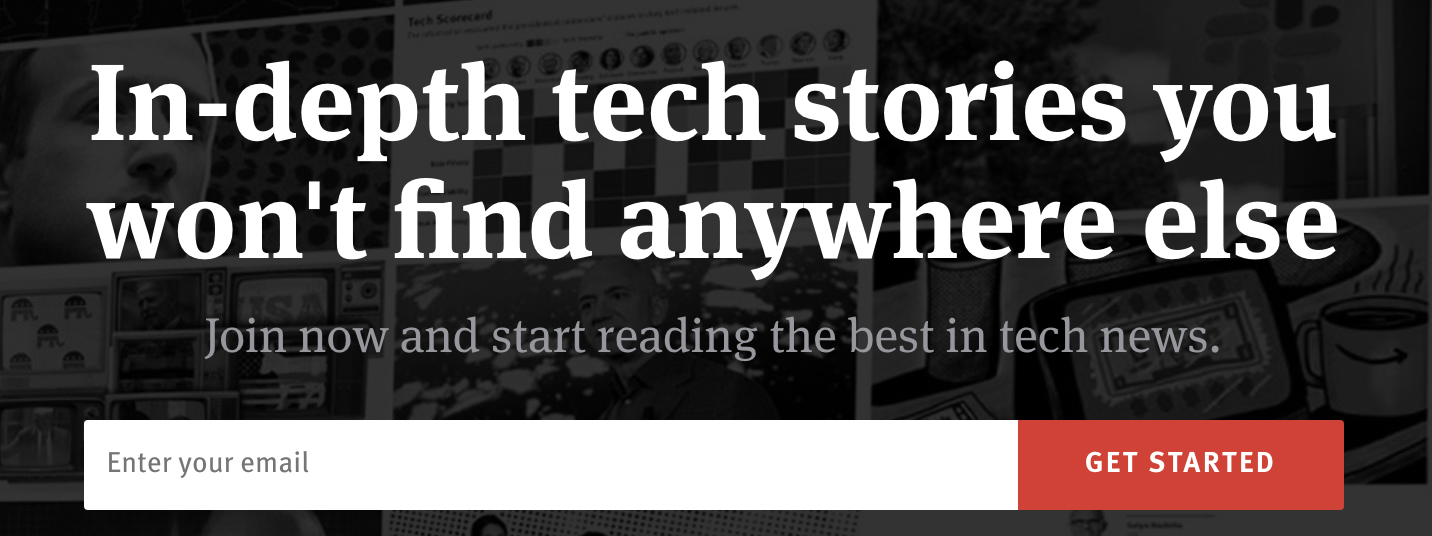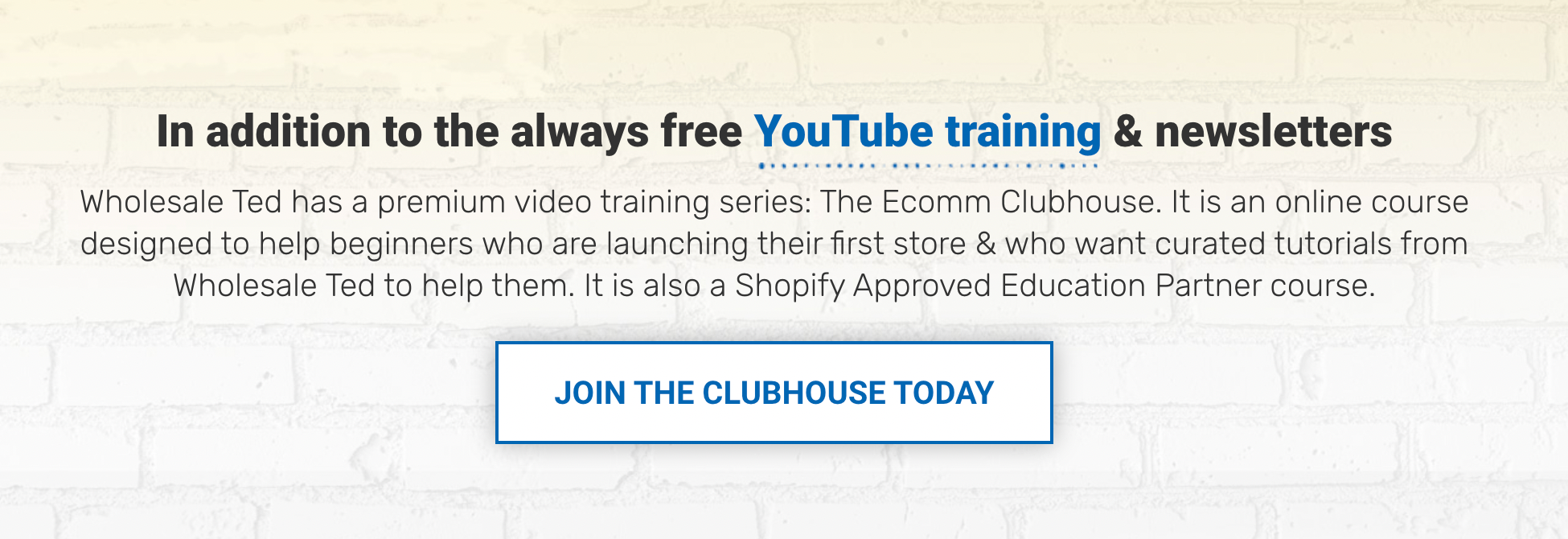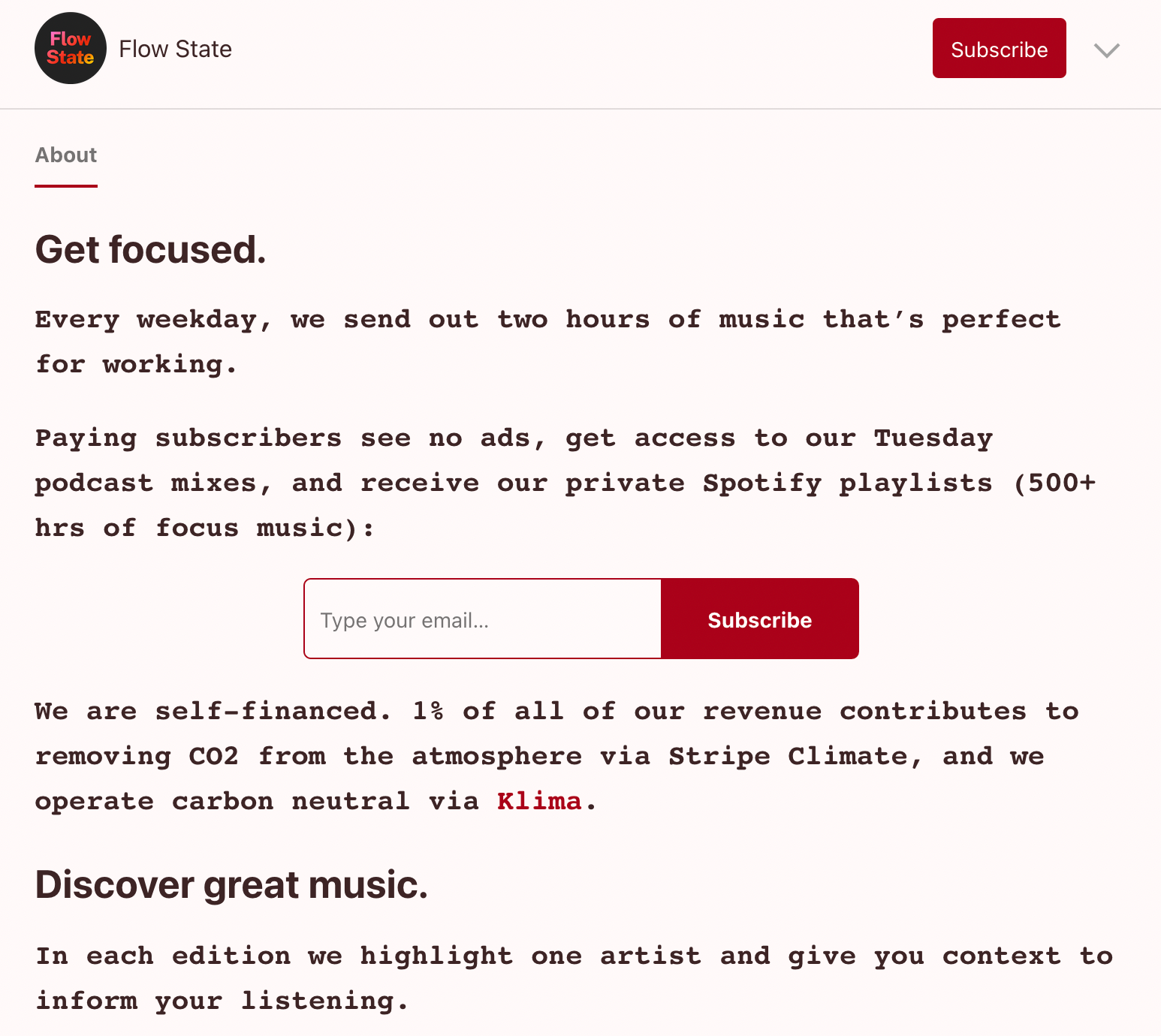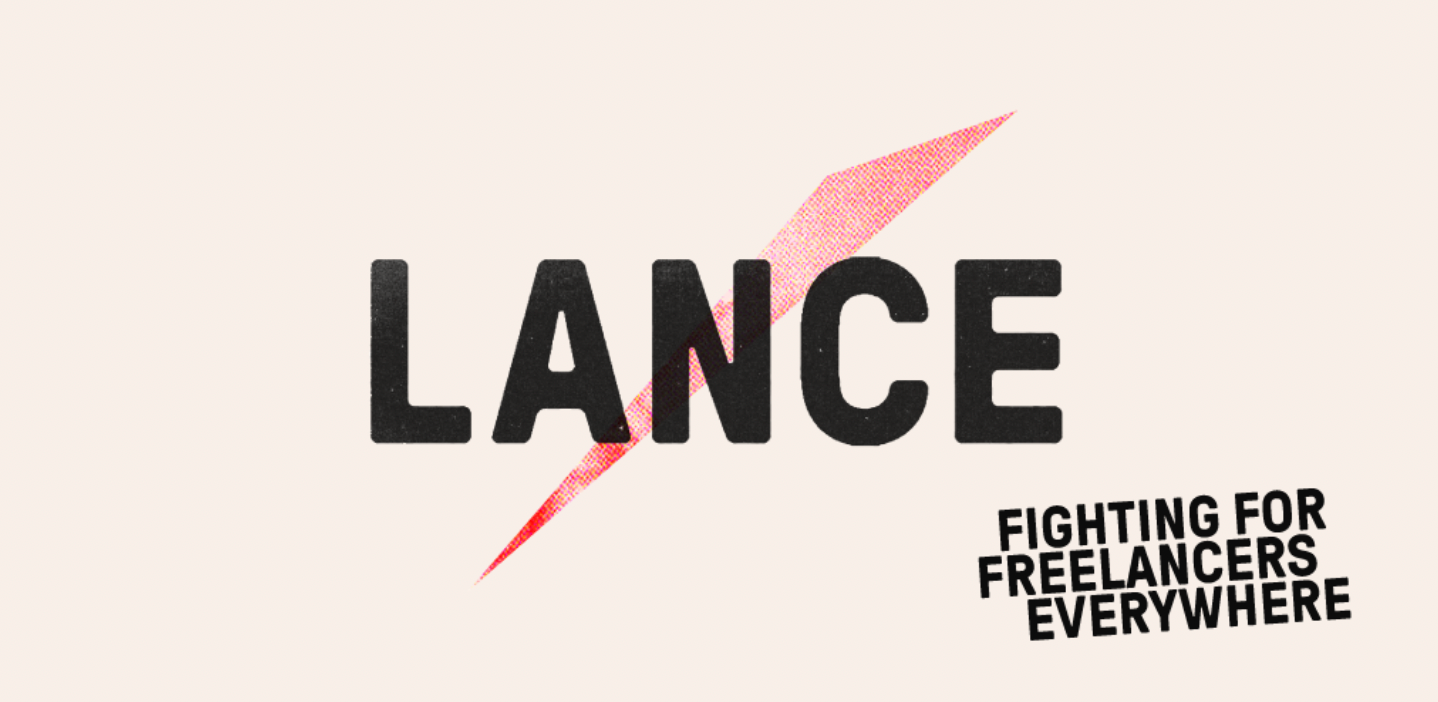How to create a valuable offer that converts
Here are 5 reasons why people will pay for your content.
Many writers and content creators hit a snag at the beginning of their careers. They create tons of free content and grow a modest list of interested fans only to stall out when it comes to translating that audience into revenue.
Countless creatives realize too late into their journeys the idea that Robbie Baxter, author of The Membership Economy, points out:
“Free is not a business model.”
Maybe you’re in a similar position of trying to turn your growing fanbase into a sustainable income source. You’re not alone. Even the most advanced creators struggle with this obstacle. The good news is there are proven strategies and tactics to help.
The building blocks of conversion
A strong conversion plan requires two distinct building blocks: strategy and tactics. How these two work together is explained below. To execute on the advice that follows and build a conversion machine, you must first:
- Know the type of content your audience already enjoys
- Have access to an audience that is willing to pay
If you don’t already have an email list or subscriber base of people interested in what you make, read more about the creator funnel.
Start with strategy
Strategy is the overarching plan or philosophy that drives particular actions. Tactics are the specific actions that align with a larger strategy.
Many conversion articles focus on tactics like the color of your buttons or the best verbs to drive sales. These details are essential, but only if the strategy they align with makes sense.
Your button color won’t matter if you make something no one wants. That’s why we’re going to focus on strategy as the starting point for helping you convert more readers into paying members.
Great offers pull people in by aligning with the reasons people buy things. Once you understand how these reasons work, and which ones most align with the unique value you create, you'll be able to construct an offer that will almost do the converting for you.
To explore this further, let's take a look at 5 examples that explain what types of content people will pay for.
Reason #1: People will pay for distinct and differentiated content.
“They want higher-quality, more actionable, more specific, or more relevant information.” – Steph Smith from Doing Content Right
People are overwhelmed by the options available today. More content is created every hour than any single human could consume in their lifetime. Nevertheless, this is good news for strategic creators because while most engage in the battle for more, this leaves the avenue of different wide open.
Take The Information, for example. They publish tech news, a highly competitive space with a steady stream of daily publications dominating people’s feeds. Yet, they've been able to differentiate themselves in a few key ways:
- They publish less frequently than their competitors, allowing them to add more depth and research to every post.
- They pursue stories their audience values versus provocative headline alternatives.
- They've intentionally limited their ability to go viral by placing their content behind a paywall.

All of these actions communicate the value of their offering. Customers who subscribe to their publication gain access to something unavailable anywhere else: the stories are different, the way they're covered is different, and the experience as a whole is unique.
The research conducted by the Reuters Institute also supports this idea, “the most important factor is the distinctiveness and quality of the content. […] subscribers believe they are getting better information than from free resources.”
Reason #2: People will pay for content that saves them time.
"Be a painkiller, not a vitamin." – Steph Smith
Most sales training teaches prospects to figure out your customer's pain point and position your product or service as the cure. The removal of pain drives more action than the promise of pleasure.
An excellent, relevant way to apply this principle to content is through time-saving language.
One creator who does this well is Sarah Chrisp, founder of Wholesale Ted — an e-commerce education resource. Chrisp’s YouTube channel contains hundreds of free tutorials on how to start an online store, dropship your first product, and make money online.
For those who would like to accelerate their learning process, Chrisp also offers a private paid community called The Ecomm Clubhouse, which offers users an organized, streamlined experience. Plus, they also get periodic access to Chrisp so they can get their questions answered by a professional, therefore saving even more time.

Positioning a share of your content as a time-saving investment is an excellent way to attract customers. If you get stuck, think about where you spend money to save time in your own life and merge those examples with your content.
If you come up with something strange, you’re probably close to an interesting offer.
Reason #3: People will pay to support meaningful movements.
How can you associate your content, your publication, or your platform with a movement people want to take part in?
Consumers are used to applying this principle in other domains:
- Supporting local businesses.
- Buying makeup that doesn’t test on animals.
- Choosing clothing manufacturers that don’t utilize sweatshops.
A great example of this is Flow State, a newsletter dedicated to providing subscribers with “music that’s perfect for working.”

First, they donate 1% of their revenue to removing CO2 from our atmosphere. This stance immediately gains them trust with environmentally-minded readers. Second, they regularly highlight lesser-known and indie musicians in their newsletter. For readers who want to support indie artists, this is incredibly important.
Subscribers feel good about supporting Flow State because, in addition to receiving great music recommendations, they also indirectly clean the air and support smaller artists. Altogether, they present a very attractive offer.
Reason #4: People will pay to support individuals they value.
In the Reuters Institute's extensive report, they found the second most influential reason customers subscribed to particular news publications, just after the "distinctiveness and quality of the content," was "a close affinity with a particular journalist."
That's a surprising finding because it signals a fundamental shift in the way publishers should think about their brands — the personal brands of the individual writers are now as influential, if not more so, than the newspapers and publishing houses themselves.
Furthermore, individual viewpoints are often seen as more trustworthy than nameless corporate ones, even when they address the same topics.
For example, take the publication Rediverge by John O’Nolan, founder and CEO at Ghost. In the private newsletter, O’Nolan covers a range of topics including entrepreneurship, travel, and self-improvement.

Pick any single topic on Rediverge and chances are it has been covered by a million competing sources elsewhere on the internet. Readers don’t subscribe for the subjects covered. Instead, they subscribe for the unique perspective only John can offer.
Reason #5: People will pay for content that gets them results.
A significant number of people are “prepared to pay to get ahead in their job […]” according to Richard Fletcher’s research.
As you accomplish things and share your accomplishments through your content, you will attract people with similar ambitions who will pay you to help them achieve what you’ve already done.
Lance, by Anna Codrea-Rado, is a perfect example of this point.

Here’s a short excerpt highlighting the results they've been able to achieve as a freelancer.
“After losing my job as a news editor in a round of company-wide redundancies in 2017, I went freelance. In one year, I had a front-page byline in the New York Times, features in the Paris Review, New York Magazine and Wired, as well as a steady and reliable income.”
Codrea-Rado's newsletter began as a place to document their journey and has since evolved into a platform to help fellow creators succeed in the unforgiving world of freelancing. By making both their successes and failures public, Codrea-Rado drew in an audience that sees them as reliable, trustworthy, and capable of helping them achieve their goals.
Don't forget to experiment
The first step to converting your free subscribers into paying members is to clearly define a great offer that aligns with the reasons people already buy.
Constructing a great offer is 80% of the conversion challenge. The remaining 20% is covered here: Conversion strategy: Turn more readers into paid members.
Like so many aspects of the creator profession, a great conversion rate is nearly always the product of experimentation. Figuring out what your audience will pay for may take a few misses until you hit the mark.
Remember, “In business, to be a success, you only have to be right once.” (Source)






